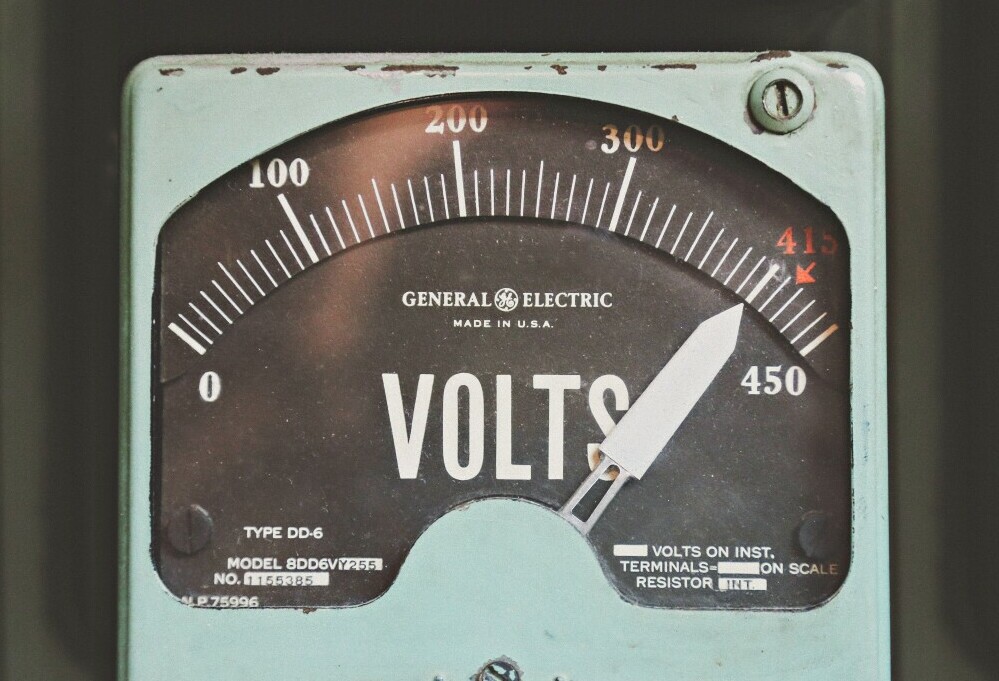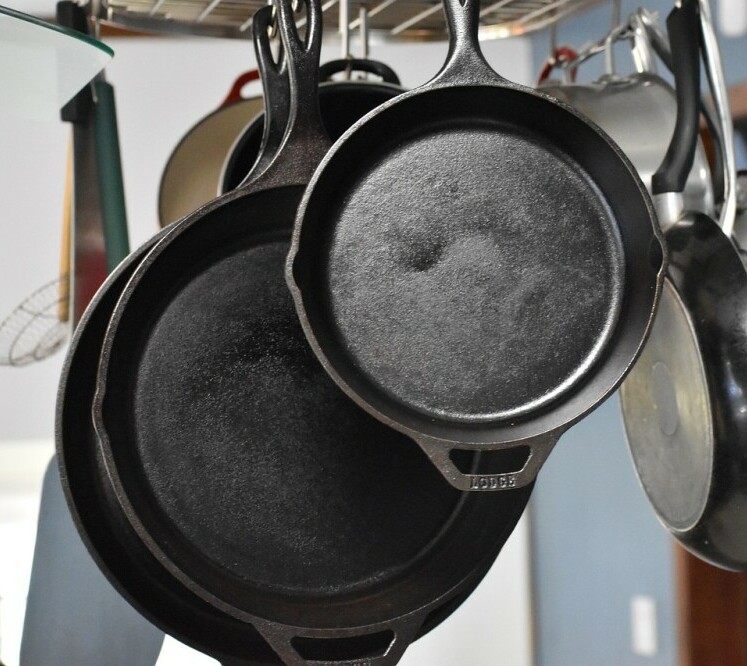The Eco Friendly Kitchen: Some Excellent Ideas For Your Environment
The kitchen is the heart of the home and making it eco-friendly isn’t just good for the planet, it’s good for you too. Understanding why an eco-friendly kitchen matters can help you make better choices that benefit your family and the environment. Every choice we make in the kitchen – from the appliances we use to how we dispose of our waste – impacts the environment.
Let’s start with the simple basics. Energy consumption is a big deal in the kitchen. Your fridge, stove, and dishwasher are some of the most energy-hungry appliances in your home. Upgrading to energy-efficient models can significantly cut down your electricity usage. Look for appliances with the ENERGY STAR label for the best performance with the least impact. Leave smaller appliances off when you are not using them.

Lighting is another area where small changes can make a big difference. Switching to LED bulbs reduces energy consumption and lasts longer than traditional incandescent bulbs. Consider installing dimmer switches too; they let you control the amount of light and save energy in the process. Cut off those lights when you are not using them! You will be surprised at the results when the light bill arrives.
Water usage is another crucial aspect. Low-flow faucets and aerators can cut down water usage without sacrificing performance. These simple additions can make a significant difference in your water bill and the planet’s resources. Plus, they’re usually easy to install and relatively inexpensive.

Reducing waste is also a vital part of an eco-friendly kitchen. Start by being mindful of the products you buy. Opt for items with minimal packaging and consider bulk options to reduce plastic waste. Be diligent about recycling and composting. Setting up a compost bin for organic waste can significantly reduce what ends up in the landfill and create nutrient-rich soil for your garden. It’s a win-win.
Another important, yet often overlooked, aspect involves the way we clean. Traditional cleaning products can be loaded with harsh chemicals that aren’t great for the environment or our health. Switching to eco-friendly or homemade cleaners can make a big difference. Vinegar, baking soda, and essential oils can tackle most cleaning tasks just as effectively without the harmful side effects. Natural disinfectants like thyme oil leave fresh and clean scents and work just as good as bleach.
Creating an eco-friendly kitchen doesn’t happen overnight. It’s about making small, conscious choices that add up over time. So, start with one change, like switching a light bulb, and then move on to bigger projects, like upgrading your appliances. Before you know it, you’ll have a kitchen that’s better for the environment and a healthier place for your family.
Smart Choices for Kitchen Tools and Gadgets: Embracing Innovation While Staying Green
Alright, let’s get into the nitty-gritty of making your kitchen not just eco-friendly but also a haven for smart, sustainable tools and gadgets. One of the simplest ways to green your kitchen is by starting with the faucet. That’s right; a high-quality eco-friendly faucet not only saves water but can also save you money. Look for models with aerators or low-flow options. These beauties mix air with water, giving you that same strong flow but using a lot less water. Plus, they often come with sleek, modern designs that’ll make your kitchen look super stylish. Also, look at your dishwater. Efficient dishwashers that use less water are better for the environment.
When it comes to cookware and utensils, sustainability is key. Try swapping out your old non-stick pans for ones made from stainless steel, cast iron, or even ceramic. They last longer and don’t leach harmful chemicals into your food. Bamboo utensils are another great switch since they’re durable, renewable, and add a fun, natural vibe to your kitchen. And don’t forget about cutting boards! Bamboo or recycled plastic boards are excellent eco-friendly alternatives.

Energy-efficient kitchen gadgets are a game changer. Invest in a good-quality blender or food processor that has an energy-saving mode. These appliances not only make meal prep faster but also use less electricity. Slow cookers and pressure cookers are also fantastic options because they cook meals thoroughly using minimal energy. Even a simple electric kettle with an auto-shutoff feature can save a surprising amount of energy over time.
Cleaning tools? You bet there’s a green option for them too. Ditch the synthetic sponges and brushes for options made from natural materials. Sponges made from plant-based fibers and brushes crafted from wood and natural bristles are awesome choices. They clean just as well and break down more easily once they’ve reached the end of their useful life. For soaps and detergents, look for biodegradable, plant-based formulas. They’re tough on grease, gentle on the planet, and often gentler on your skin too.
Starting with these smart, green choices for tools and gadgets, you’re well on your way to a kitchen that’s sustainable, stylish, and super functional. Little by little, these changes add up, making a significant impact on both your carbon footprint and your culinary game.
Cooking for a Greener Future: Tips for Eco-Friendly Culinary Practices
Switching to eco-friendly cooking practices isn’t just about saving the planet; it’s also about bringing fresh, healthy food to your table in the most sustainable way possible. The key is to start with sustainable ingredients. Whenever possible, opt for organic, local, and seasonal foods. Farmer’s markets and local co-ops often have a fantastic selection of produce that’s not only fresher but also supports the local economy and reduces the carbon footprint associated with long-distance food transportation.
Managing food waste is another area where small changes can make a big impact. Simple habits like planning your meals, buying only what you need, and storing food properly can significantly reduce waste. Leftovers are your friend—you can often transform them into delicious new dishes. Think soups, stews, and salads. Get creative! Consider composting for those food scraps to make your food waste even more useful. You can use composted waste in your garden or lawn.
Eco-friendly cooking methods can also help. Using energy-efficient appliances like convection ovens and induction cooktops can cut down on energy use while still delivering top-notch culinary results. Slow cookers, pressure cookers, and even toaster ovens are great for cooking meals thoroughly with less energy. For stovetop cooking, use pots and pans that fit your burners to make sure you’re not wasting energy heating more space than necessary.
Don’t forget about the recipes themselves. Focusing on plant-based meals is one of the most effective ways to cook more sustainably. Even if you’re not ready to go full vegetarian or vegan, incorporating more plant-based meals into your weekly menu can make a big difference. Look for recipes that use whole foods and minimize processed ingredients. Not only are they better for the environment, but they’re also better for your health. A good diet that has many plant-based foods is the Mediterranean diet. Consider using it to emphasize plants in your everyday meals.

Adopting these simple yet effective cooking practices turns each meal into a step toward a greener way of living. It’s all about making thoughtful choices and understanding that every little change helps create a more sustainable future for everyone.
Maintaining an Eco-Friendly Kitchen: Daily Habits and Long-term Commitments
By now, you’ve made some smart swaps and started cooking more sustainably. But keeping your kitchen eco-friendly requires some daily habits and long-term commitments. Start by recycling and composting kitchen waste regularly. It’s one of the most straightforward ways to make your kitchen greener. Set up designated bins for recyclables and compostables to make the process seamless. Regularly check local guidelines to ensure you’re recycling and composting correctly.
Single-use plastics and excessive packaging are a major environmental concern. Be proactive by investing in reusable alternatives. Glass jars and containers for storage, beeswax wraps instead of plastic wrap, and reusable produce bags for grocery shopping are easy changes you can make right away. Reducing single-use plastics isn’t just eco-friendly, it also declutters your kitchen and simplifies your storage solutions.
Educating and involving the whole family is crucial to maintaining these eco-friendly practices. Get your kids involved in sorting recyclables or composting. Teach them about why these practices matter. When everyone understands the impact of their actions, it’s easier to maintain these habits long-term. Make it fun by turning composting and recycling into a game or challenge.
Daily cleaning routines play a big role in maintaining an eco-friendly kitchen. Choose green cleaning products and consider DIY solutions like vinegar, lemon juice, and baking soda for a non-toxic clean. It’s amazing what you can achieve with simple, eco-friendly ingredients you probably already have in your pantry.

Your commitment to an eco-friendly kitchen doesn’t stop at your own door. Sharing tips and resources with friends and neighbors can create a broader impact. Swap sustainable recipes, share leftover food, or even start a community compost project. The more people get involved, the bigger the difference we can make.
Incorporating these daily habits and long-term commitments ensures your eco-friendly kitchen remains a sustainable, enjoyable, and functional part of your home. It’s all about staying informed, making conscious choices, and encouraging others to do the same.

What a wonderful article! I was riveted. I made my kitchen eco-friendly years ago, but I did it in stages. First, I eliminated detergents. The first thing I invested in was natural sponges. Natural sponges are biodegradable and harvested sustainably from the ocean. In contrast, synthetic sponges are made from plastic and other non-renewable resources, contributing to environmental pollution.
When I got married, I bought all stainless steel pans that were intended to last a lifetime. They probably are still going fifty years later, but I moved continents four times, and each time, I had to buy them again because they were too heavy to transport. No one wants nor needs the toxicity of teflon
Hello Elridge,
Thanks for this comprehensive and practical guide on creating an eco-friendly kitchen! Your tips are spot-on and cover a wide range of ideas, from energy-efficient appliances to sustainable cooking practices. I particularly appreciate the emphasis on starting with small, manageable changes and gradually incorporating more eco-friendly habits.
The suggestions on reducing waste, using natural cleaning products and investing in reusable alternatives are all actionable steps that can make a real difference. I also love the focus on involving the whole family and sharing these practices with the community. It is clear that making sustainable choices in the kitchen is both achievable and impactful.
Thanks for sharing these valuable insights!
Up to this point we have done well in creating an eco-friendly kitchen, but your article has presented additional ideas to make even better choices. Energy efficiency has been a top priority for us and we have cut down our energy usage substantially but I see room for even more improvement. Using eco-friendly cleaning products has been a top priority for many years now. Also, using stainless steel, cast iron, and bamboo has made a positive difference. Also, thanks for the culinary tips. I agree that daily cleaning is essential.
This article is a fantastic guide for anyone looking to make their kitchen more eco-friendly! I love how it breaks down the process into manageable steps, from choosing energy-efficient appliances to incorporating sustainable cooking practices. The emphasis on small, gradual changes is encouraging—sometimes it feels overwhelming to overhaul your entire kitchen, but this approach makes it accessible for everyone. I especially appreciate the tips on reducing waste and choosing natural cleaning products. It’s a great reminder that every little bit counts when it comes to protecting our planet.
Concerning power usage, I have often wondered if it is a good idea to unplug appliances like the microwave when not in use. It does use power to show a clock. As it is, I have a clock on the wall and a clock on the range. Do I really need another clock using power? The same goes for a lot of other appliances around the house that always show an “on” light. Those are using electricity too.
Thanks, Elridge, for such a comprehensive and practical article!